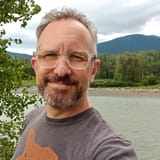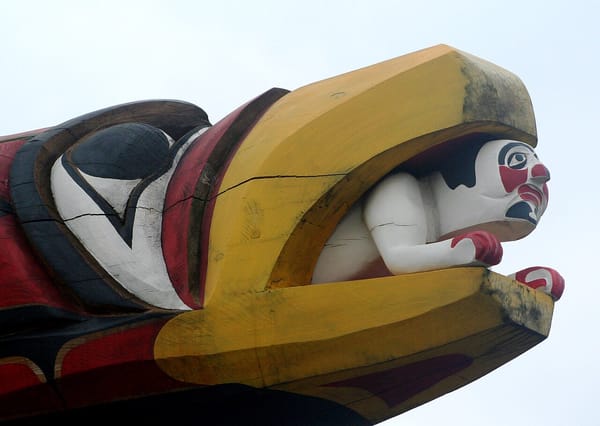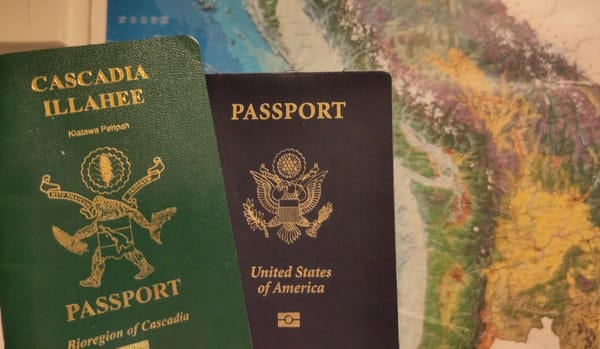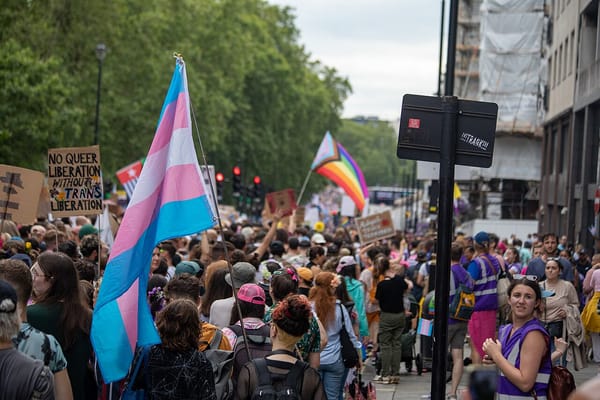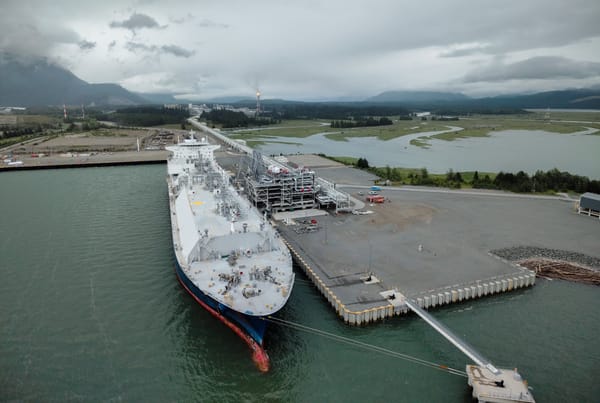Getting ready for the next Cascadia quake
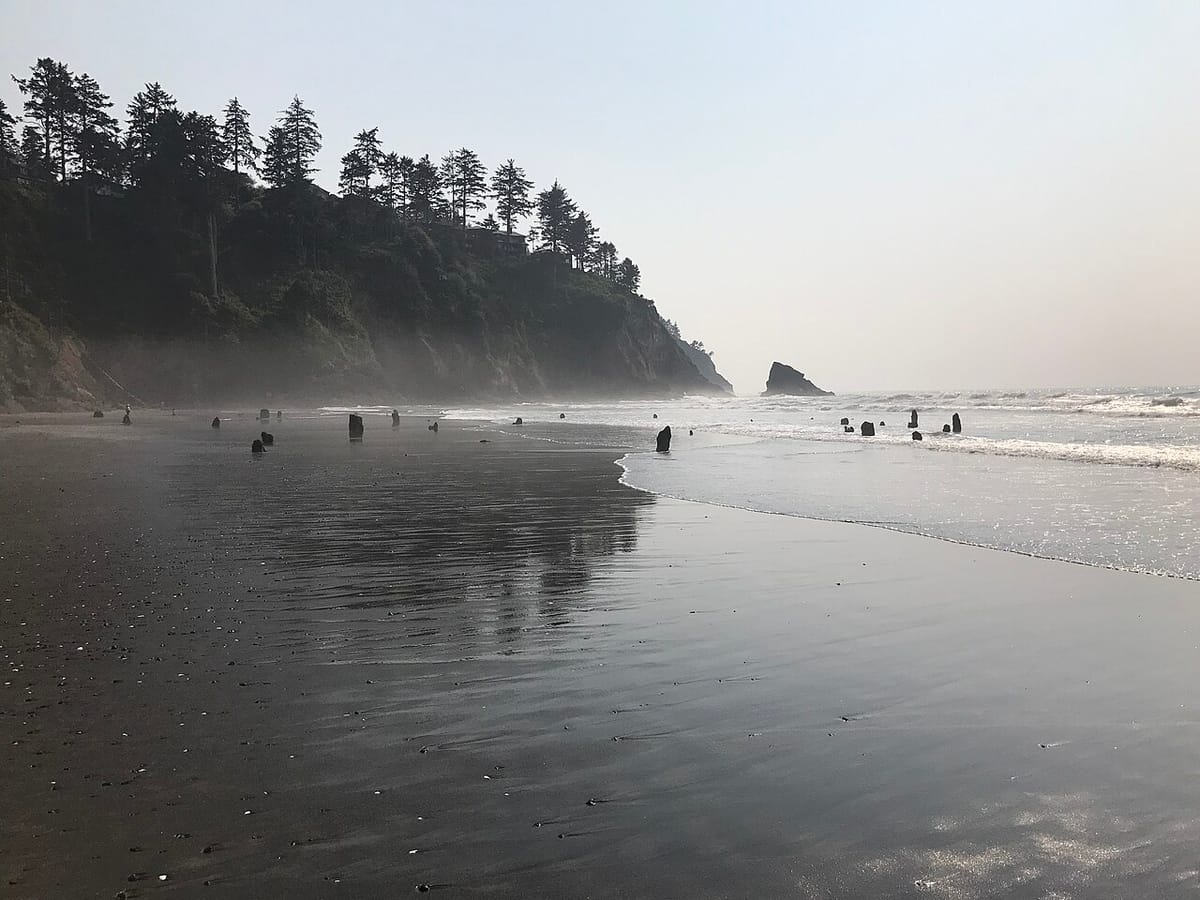
After a massive earthquake in Kamchatka Russia in late July sent a tsunami across the Pacific, we were lucky that it had mostly minor effects on the coast of Cascadia. But the quake serves as a wake-up call about the risks of a similar mega-quake in the Pacific Northwest. The magnitude 8.8 quake on the Pacific coast of Russia didn't lead to loss of life or significant property destruction because of the region's sparse population (though one person died indirectly during tsunami evacuations in Japan).
But there was one small casualty from the tsunami when it hit Cascadia: in the coastal town of Crescent City in northern California (areas north of Cape Mendocino are considered part of the bioregion) the local marina suffered $1 million in damage after a three-foot wave damaged the marina's dock. Crescent City, because of its proximity to a series high ridges deep in the Pacific Ocean, has long been a magnet for Pacific tsunamis, which are intensified by the underwater ridges. A tsunami caused by the 1964 Alaska earthquake sent a 21-foot wave into Crescent City, destroying most of downtown.
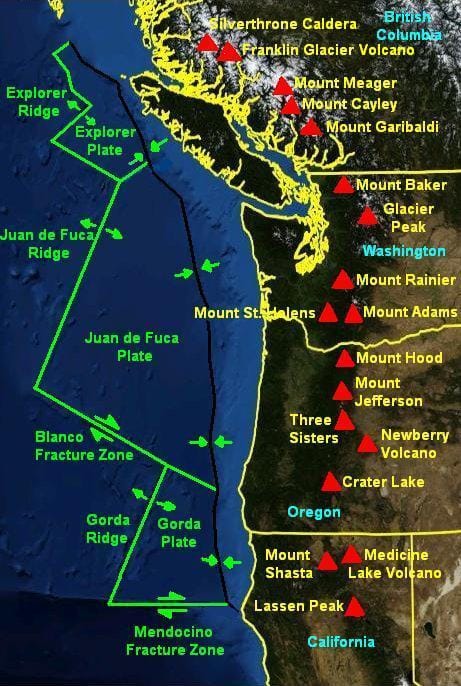
The entire Cascadia region has the potential for severe megaquakes of the size that hit Kamchatka in July, and which destructively hit Japan in 2011. Thanks to the Cascadia subduction zone, our region has gorgeous volcanoes like Tahoma (Mt Rainier) and Loowit (Mt St Helens) – as well as the potential for a very massive quakes. It's been ten years since New Yorker writer Kathryn Schultz wrote her Pulitzer Prize-winning article "The Earthquake That will Devastate the Pacific Northwest," which terrified readers with its account of what will likely happen during a Cascadia megaquake and subsequent tsunami:
FEMA calculates that, across the region, something on the order of a million buildings—more than three thousand of them schools—will collapse or be compromised in the earthquake. So will half of all highway bridges, fifteen of the seventeen bridges spanning Portland’s two rivers, and two-thirds of railways and airports; also, one-third of all fire stations, half of all police stations, and two-thirds of all hospitals. --Kathryn Schultz
Schultz, in a recent interview with Willamette Week marking the 10th anniversary of her piece, confessed she wouldn't spend a night in a house in the inundation zone.
The article has helped wake some folks up to the risks. In the piece, she profiled the Seaside, Oregon school district superintendent who admitted that students of some schools in the inundation zone had no escape route and would very likely die during a large tsunami. Schultz reported that local residents failed to pass a levy to fund moving the schools to higher ground. But in 2016, one year after the article was published, Seaside residents approved a measure to fund moving schools out of the death zone.
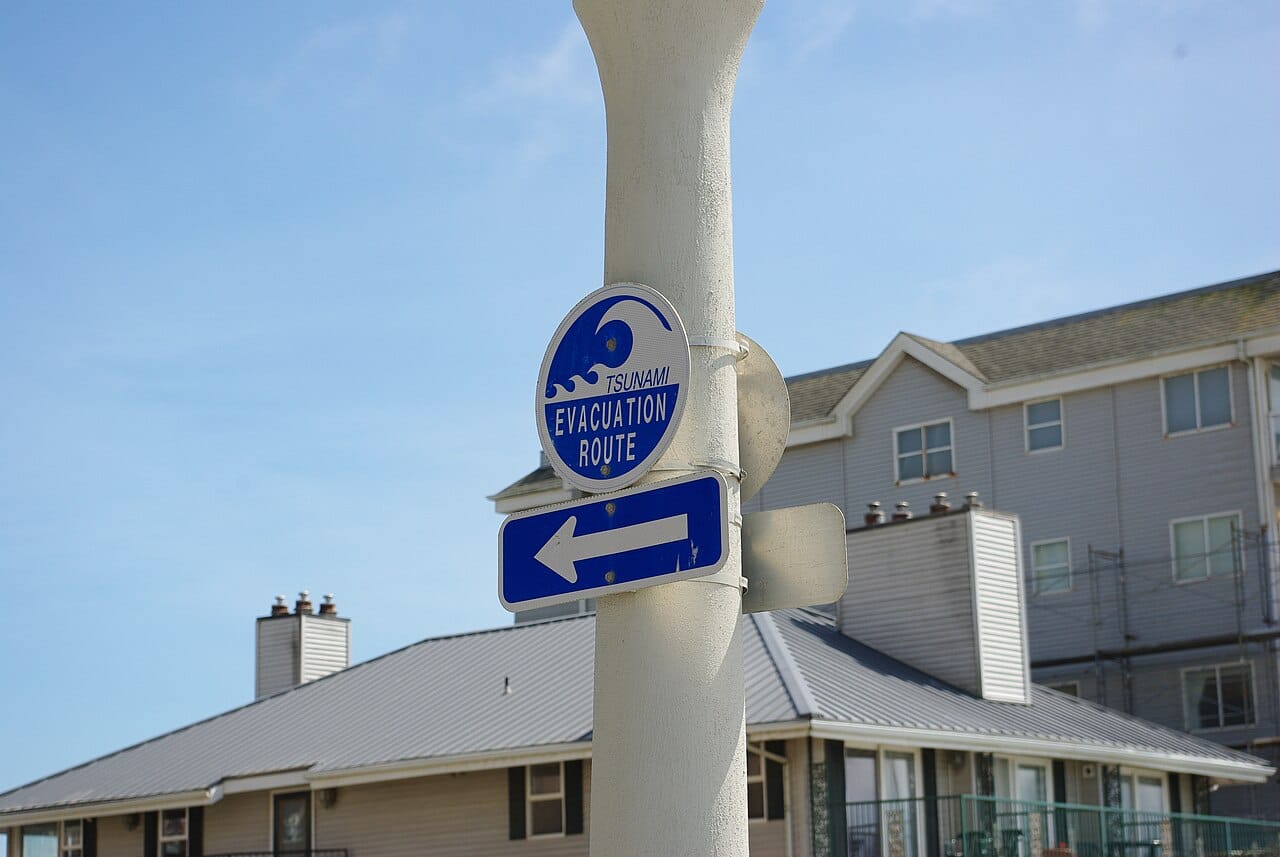
On the coast of Washington, meanwhile, the Quinault Tribe is building a completely new village on higher ground to replace Taholah, a town of 660 people, to protect its residents from rising sea levels and tsunami risks.
Schultz documented the fascinating story of how we know that the last megaquake to hit Cascadia occurred around 9 pm, January 26, 1700. We know this from local geological evidence such as "ghost forests" where groups of trees died at the same time. We know it from extensive Indigenous oral histories recording a flood where whole villages were destroyed. And we know it because Japan has been keeping records of tsunamis for centuries and one recorded a "ghost tsunami" that had no apparent earthquake, which hit the coast on January 27, 1700.
Scientists have determined that these major quakes happen in our region every 300-500 years, and it's been 325 years since the last one.
What can we do to prepare?
If you own a home (or rent, let your landlord know) make sure that it is bolted to the foundation and that water heaters should are securely strapped. Secure bookshelves to walls. More info can be found here on how to prepare your home.
You should create or buy an emergency kit containing food, water, first aid supplies, and a "grab and go" bag of clothes, toiletries and medicines – and keep it stashed under or near your bed.
The US Geologic Survey also has good guide for what to do during an earthquake: if indoors, get underneath something solid like a sturdy table or doorway; if outside, get out in the open away from buildings or power lines; if in a car, slow down, but don't stop if you're below an underpass or bridge.
And make an emergency plan for meeting up with family or loved ones if you're separated, and other contingency plans. The Surviving Cascadia website has more resources and information.
Our bioregion has spectacular landscapes, but living among the volcanoes, glaciated mountains and beautiful coastlines means taking steps to reduce the risks of living here. And, as the Trump administration scraps budgets for FEMA, the federal disaster response agency, it's becoming clear each day that Oregon and Washington would do better to move toward independence in order to better protect the people who live here.
--Andrew Engelson

